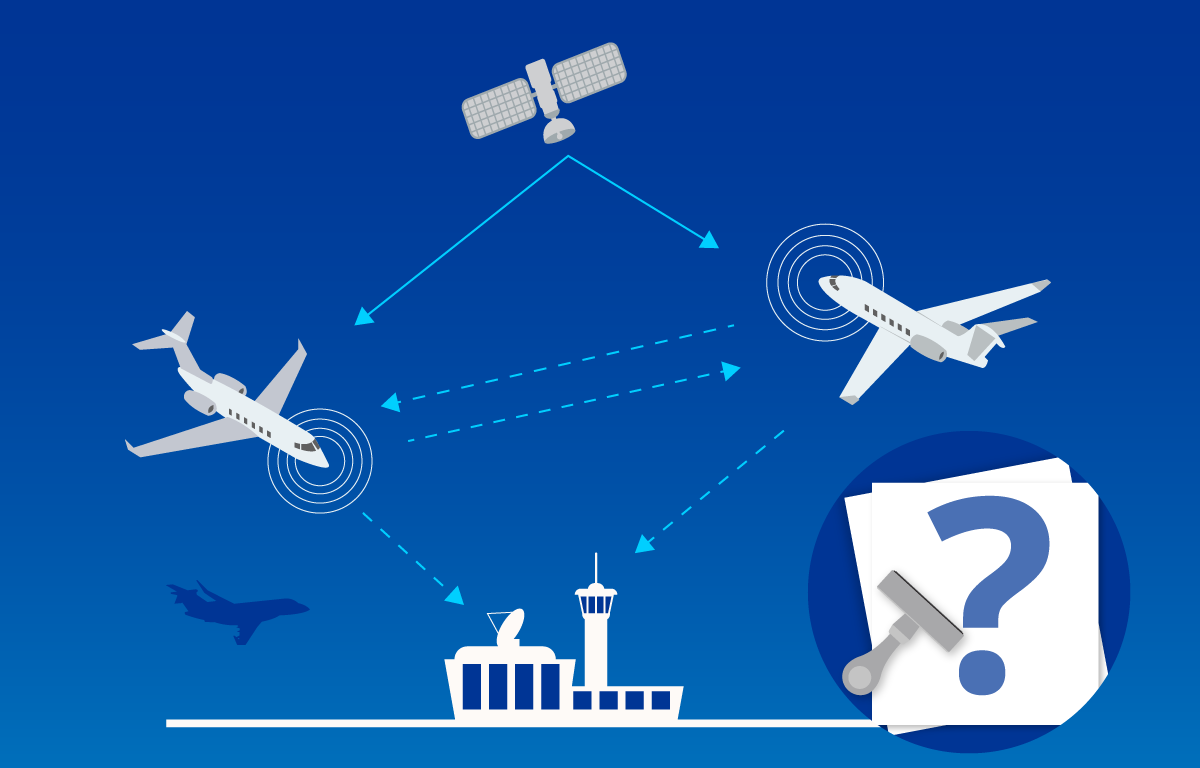Countries can set their own requirements for authorizations for ADS-B Out operations. A few years ago, the FAA discontinued the ADS-B Out LOA (A153) and no longer issues authorizations to US operators. However, we recommend that US operators carry a copy of Notice 8900.491 to show to foreign inspectors if they are requested to provide authorization. In essence, Notice 8900.491 is provided by the FAA to summarize why it no longer provides authorizations for ADS-B Out. It is important to note that an LOA is still required for most ADS-B In operations.
Setting the scene
Back in 2010, the International Civil Aviation Organization (ICAO) determined that operators needed to request operational approval for Automatic Dependent Surveillance-Broadcast (ADS-B) Out from their Civil Aviation Authority (CAA). While the FAA never required an LOA to use ADS-B Out in the United States, they previously issued OpSpec/MSpec/LOA A153 or A353 to satisfy foreign CAAs that did require authorization.
However, in September 2015, ICAO Member States adopted new guidance that gradually phased out operator authorization requirements to use ADS-B Out. As stated in Notice 8900.491, “continuous monitoring of equipment performance has proven to be the most effective means of oversight.” By overseeing the data of ADS-B Out, the FAA and other CAAs can identify aircraft performance. Any aircraft with a negative safety impact on Air Traffic Control could be restricted from flying in airspace requiring ADS-B Out. Additionally, with rising demand in OpSpecs, MSpecs, and LOAs, the FAA has become understandably stretched. Removing the need for any LOA can help minimize the burden placed on both regulators and operators.

What has changed for the ADS-B Out LOA and what should I do?
The FAA decommissioned OpSpecs/MSpecs/LOAs A153 and A353, also known as the ADS-B Out LOA in 2019. No action was required then (nor is required now) on the part of US operators. However, it’s strongly advised to carry a copy of Notice 8900.491 on the aircraft. If any foreign inspectors or officials ask about the LOA for any reason, operators can show the Notice explaining why the FAA is no longer issuing an authorization.
Different airspace will have different regulations, so be sure to research equipage requirements when planning your overseas journey anyway – especially in regard to the ADS-B Out mandate.

If you have any further questions, don’t hesitate to contact us. If you want to know more about our FAA LOA Support Services, you can find more information here.



